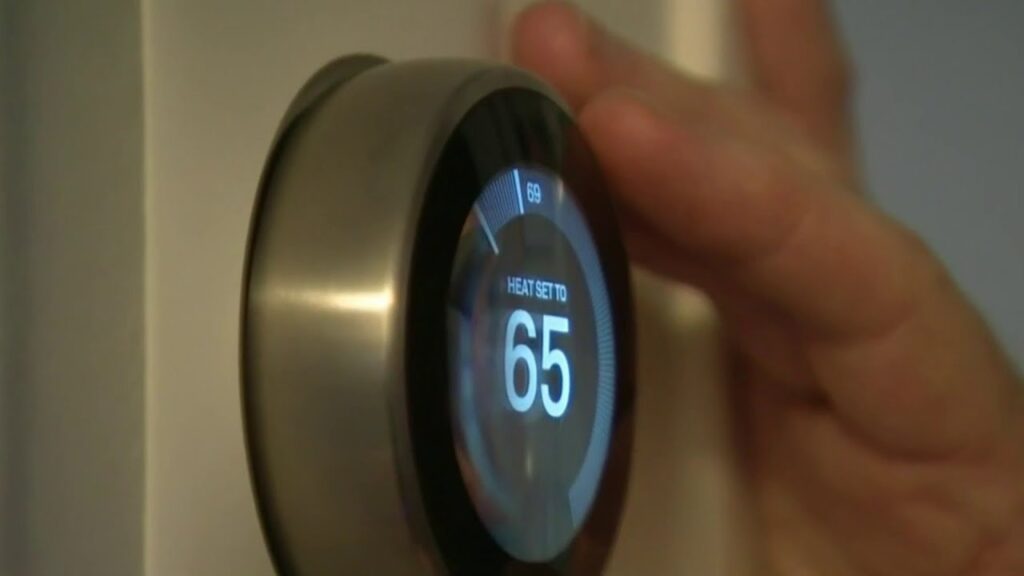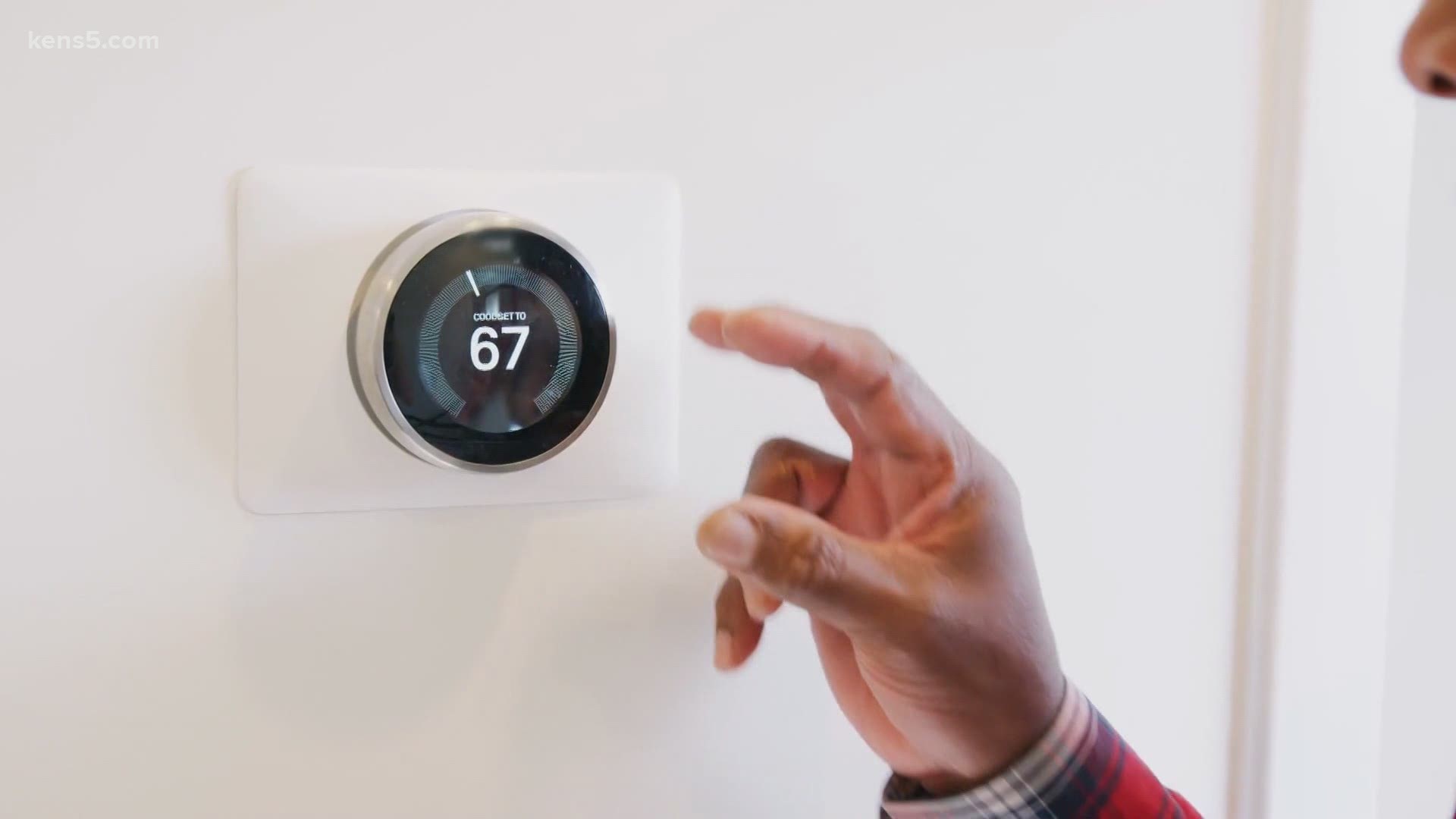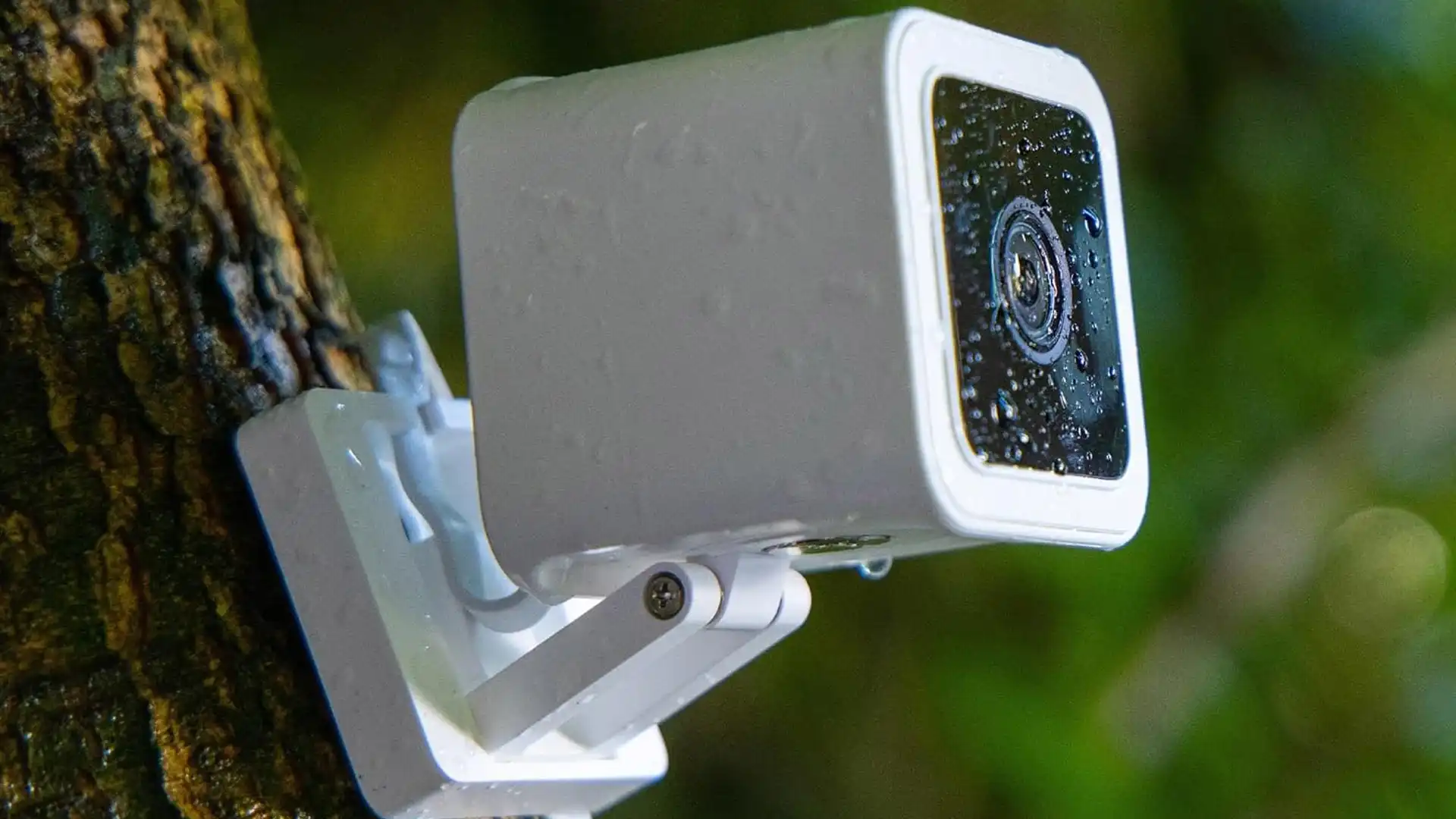
As winter settles in, many of us find ourselves reaching for the thermostat to combat the chilly temperatures and, subsequently, facing higher heating bills. Despite predictions of a 17% increase in national heating costs this winter, there are practical steps you can take to mitigate these expenses. Let’s delve into five effective ways to trim your heating bill throughout the winter season, ranging from simple lifestyle adjustments to potential equipment upgrades.
Firstly, a straightforward yet impactful tip is to turn down the thermostat. According to the US Department of Energy, adjusting your thermostat 7 to 10 degrees Fahrenheit lower for eight hours a day could save you up to 10% annually on heating costs. Smart thermostats, with programmable schedules, offer a convenient way to regulate temperature variations throughout the day.
Another green and innovative approach involve harnessing renewable energy, particularly solar power. While solar panels are often associated with electricity output, an all-electric central heating system powered by solar energy can eliminate the need for gas heating bills. Though this might require an initial investment, tax credits and the ability to sell surplus energy back to utility companies can make it a worthwhile endeavor.
Additionally, upgrading your heating equipment can significantly impact energy efficiency. Newer high-efficiency heating systems boast fuel efficiency ratings ranging from 90 to 98.5%, a considerable improvement over the 56 to 70% efficiency of older models. Exploring alternative heating methods, such as heat pumps, can also enhance efficiency based on your climate.
Beyond equipment upgrades, small changes in daily habits can contribute to energy savings. From harnessing natural sunlight by opening window coverings to strategically using space heaters, these adjustments, when combined, can make a noticeable difference in your overall heating expenses.
Lastly, don’t overlook the importance of sealing any potential air leaks in your home. Conducting a thorough check and addressing leaks can prevent the escape of warm air, ensuring that your home remains both energy-efficient and cost-effective throughout the winter.




